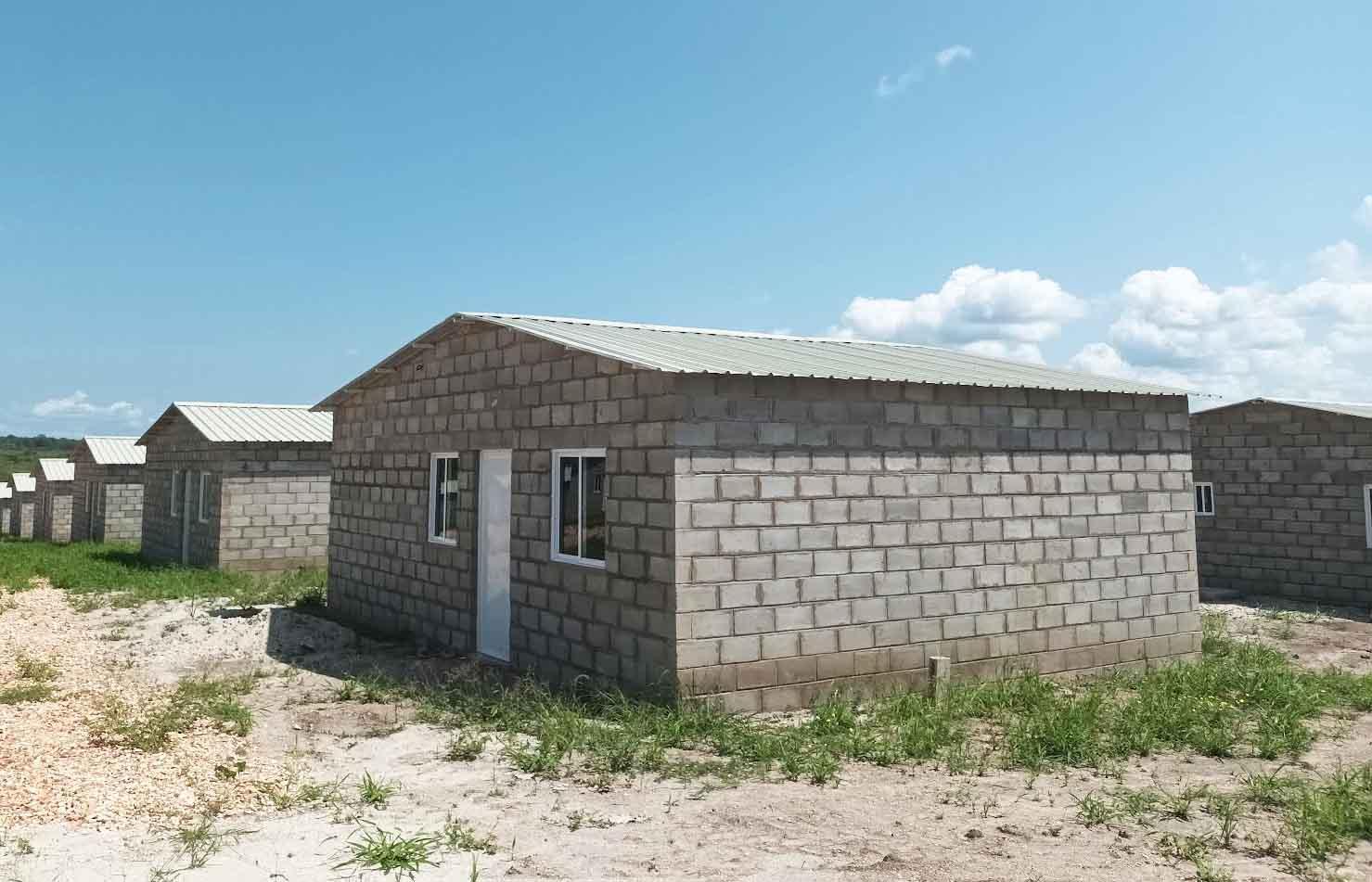Africa-Press – Angola. Expected to last six months, the work is being carried out under the auspices of the Cazenga Administration and was preceded by soundings, prospecting, as well as cleaning of solid waste.
The coordinator of the BC/two Tunga Ngó sector, Moreira Miguel, explained that in the rainy season, the water reaches a height of one meter in the houses, forcing “many residents” to take refuge in surrounding areas.
During a report on the site, this Tuesday, it was found that close to 50 families are living in the area adjacent to the aforementioned basin, some of which requested speed in the execution of the work, to avoid the repetition of similar situations.
Mariana Kizanga, a resident of Rua Cinco do Tunga Ngó, deplores the fact that “they suffer a lot from mosquitoes and the nauseating smell coming from the basin”, admitting that she is prone to contracting the disease.
It augurs that the requalification will end before the next rainy season, which starts on the 15th of August, falling with great intensity between February and April.
For Morais Calueto, a resident of Tunga Ngó for 38 years, due to the rains and the precarious situation in which they lived, some families (an unspecified number) were transferred to Zango 4, in the municipality of Viana.
The Tunga Ngó basin is the third in the municipality of Cazenga to benefit from requalification since 2020, after the Velho Kimbumbu and Mabululu, in the Urban DisOne hundred and 63 families from the slopes of the Samba neighbourhood, in the municipality of Luanda, decided this Tuesday, in the village of Caxicane, to occupy, within four days, the residences built over a year ago, even without the conditions of basic sanitation and potable water.
The decision was taken in the presence of the provincial deputy governor for the technical sector and infrastructure, Cristino Mário Ndeitunga, who went to the municipality of Icolo e Bengo, among other tasks, to ask residents to wait for a few more months, while the government finds resources for the construction of roads, septic tanks, installation of energy, drinking water and a school.
The victims refuse to stay any longer in the place where they were provisionally relocated, due to lack of conditions, according to Ester Ventura Campo, representative of the victims.
“We are determined to enter even without the essential conditions, because for two years we have been living in conditions of indigence since we arrived here”, he said.
The 163 families were removed from risk areas in August 2021 and housed in a Rural Services Centre, in the municipality of Caxicane, in a common space, without compartments.
According to the municipal administrator of Icolo e Bengo, Nelson Funete, the 220 T-2 residences lack some conditions and the government’s objective is to deliver them with the minimum of acceptable conditions of habitability, but the beneficiaries refuse to wait for more time.
“We are here to solve the people’s problems and obey what the population wants”, said the administrator.
A finding, noted that the interior of the Center where the victims are located, is unhygienic and exudes a nauseating smell, with belongings, among clothes and crockery spread across the floor of the corridor, despite having electricity and drinking water .
The construction of these social housing was authorized by the President of the Republic, João Lourenço, through Dispatch no 14/22 of January, which guides the realization of the expenditure of 1,750,000,000.00 kwanzas and the opening of the emergency contracting procedure, for the award of the public works contract with the company Revescor. AJQ
tricts of Calawenda and 11 de Novembro, respectively.
For More News And Analysis About Angola Follow Africa-Press






